Home>Garden Essentials>What Infill Density Should I Use
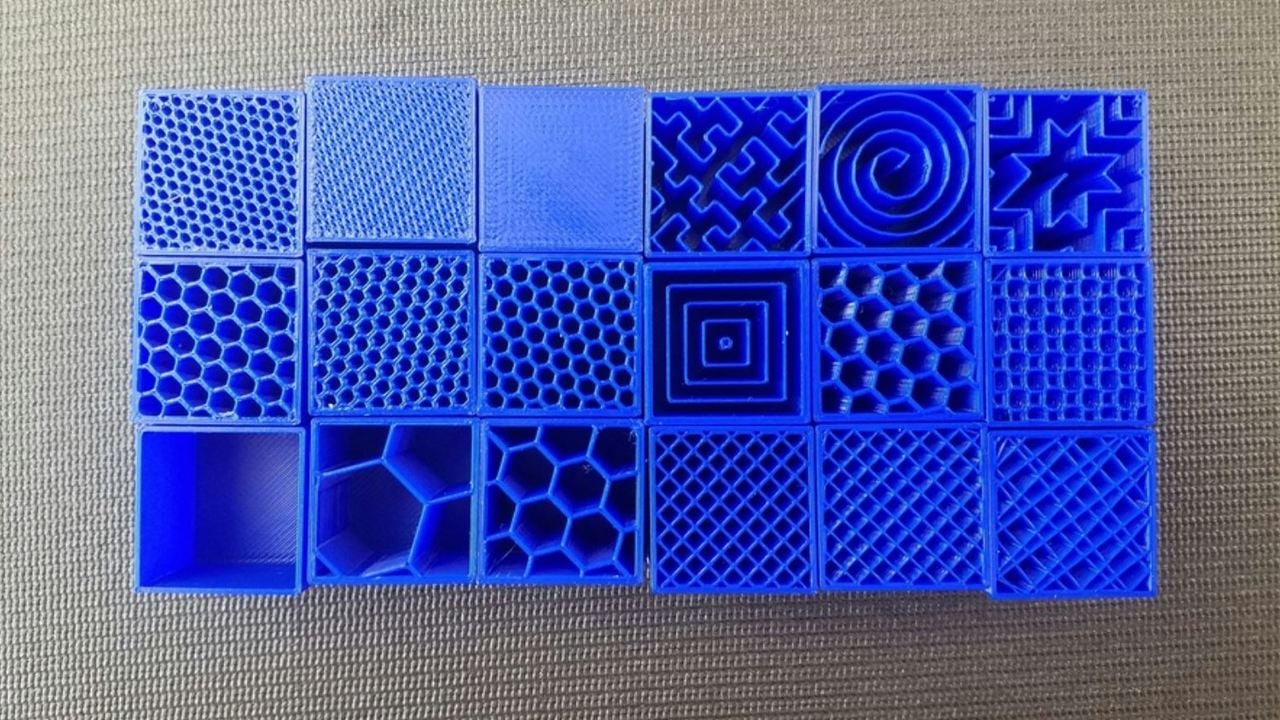

Garden Essentials
What Infill Density Should I Use
Modified: March 7, 2024
Unsure about the right infill density for your garden? Read our comprehensive guide to find the optimal solution for your gardening needs.
(Many of the links in this article redirect to a specific reviewed product. Your purchase of these products through affiliate links helps to generate commission for Storables.com, at no extra cost. Learn more)
Introduction
Welcome to the fascinating world of gardening! Whether you are an experienced gardener or just starting out, understanding the importance of infill density is crucial for achieving successful and thriving plants. Infill density refers to the amount of material you fill inside garden beds or containers, and it plays a significant role in plant health, water retention, and overall garden aesthetics.
Choosing the right infill density can be a bit overwhelming, as there is no “one size fits all” approach. It largely depends on several factors, including the type of plants you are growing, the climate in your region, and your personal preferences. In this article, we will explore the concept of infill density in detail and provide you with valuable insights to help you make the best decision for your garden.
Understanding how infill density works is key to optimizing your gardening efforts. When you fill your garden beds or containers with a suitable material, such as soil or compost, it creates a stable environment for the plant roots to anchor and absorb water and nutrients. The infill density determines the ratio of solid material to airspace within the garden medium.
Too high of an infill density can lead to poor drainage, restricted root growth, and increased risk of waterlogged roots. On the other hand, too low of an infill density can result in rapid drying out of the soil, decreased water retention, and inadequate support for the plants.
As you can see, finding the right infill density is a delicate balance. It requires careful consideration of various factors to create the optimal growing conditions for your plants. Let’s delve deeper into the factors that should influence your decision when choosing the infill density for your garden.
Key Takeaways:
- Finding the right infill density for your garden is crucial for plant health. Consider factors like plant type, climate, and personal preference to strike the perfect balance.
- High infill density retains moisture but may lead to poor drainage, while low density promotes better drainage but requires more frequent watering. Experiment and find the ideal balance for your garden.
Read more: What Infill Should I Use For A Benchy
Understanding Infill Density
Infill density is a critical aspect of gardening that directly influences the overall health and success of your plants. It refers to the amount and density of the material used to fill garden beds or containers. This material can be soil, compost, vermiculite, perlite, or a combination of these components.
The primary purpose of infill density is to provide support and stability for plant roots, allowing them to anchor securely and access essential nutrients and water. It also helps create an optimal balance between drainage and water retention.
When you choose the right infill density, you create a favorable growing environment for your plants. The right balance ensures that there is enough air space within the growing medium, allowing for proper oxygen exchange and root respiration. At the same time, it retains enough moisture to prevent excessive drying out.
In essence, the infill density determines the porosity of your garden bed or container. Porosity refers to the amount of space within the growing medium that is not occupied by solid material. It is crucial because it directly affects how water, air, and nutrients move through the soil or medium.
There are two key terms related to infill density that you should be familiar with: bulk density and particle density.
Bulk density refers to the overall weight of the infill material per unit volume. It is influenced by factors such as particle size, compaction level, and moisture content. Higher bulk density indicates a denser and heavier growing medium.
Particle density, on the other hand, refers to the weight of the solid particles within the infill material. It represents the density of the pure material without any air space. Particle density is primarily influenced by the composition of the infill material and does not change with compaction or moisture variations.
By understanding the concepts of bulk density and particle density, you can effectively manipulate the infill density of your garden beds or containers to create the ideal growing conditions for your plants.
Now that you have a solid understanding of infill density let’s uncover the key factors you need to consider when deciding on the appropriate infill density for your garden.
Factors to Consider When Choosing Infill Density
Choosing the right infill density for your garden involves considering several crucial factors. By taking these factors into account, you can create an optimal growing environment that promotes plant health and ensures successful cultivation. Let’s explore these factors:
- Plant Type: Different plants have varying requirements when it comes to soil density. Some plants, like succulents and cacti, prefer well-draining soil with lower infill density, as excessive moisture can cause root rot. On the other hand, leafy greens and herbs generally thrive in medium infill density that provides both moisture retention and adequate drainage.
- Climate: Consider the climate of your region when deciding on the infill density. In hot and dry climates, higher infill density can help retain moisture and prevent rapid drying out. In humid environments, lower infill density allows for better ventilation and reduces the risk of waterlogged roots.
- Watering Schedule: Your watering routine plays a role in determining the ideal infill density. If you tend to water your plants frequently, opting for a slightly lower infill density can help prevent waterlogging and root rot. Conversely, if you water less frequently, a higher infill density can ensure adequate moisture retention.
- Garden Bed Size and Depth: The size and depth of your garden beds or containers influence the choice of infill density. Larger beds typically require higher infill density to provide sufficient stability and support for plant roots. Shallower containers may require a lighter infill density to enhance drainage.
- Budget and Availability of Materials: Consider your budget and the availability of materials when choosing the infill density. Some materials, like high-quality compost or specialized growing mediums, can be more expensive. Evaluate the cost-effectiveness of different options while ensuring they meet the needs of your plants.
- Personal Preference: Your personal gardening style and preferences also play a role in determining the infill density. If you enjoy a hands-on approach and observe your plants closely, you may opt for a lower infill density to monitor moisture levels more effectively. Conversely, if you prefer low-maintenance gardening, a higher infill density that retains moisture for longer periods may be more suitable.
By considering these factors, you can make an informed decision about the appropriate infill density for your garden. Keep in mind that experimentation and observation are key. You may need to adjust the infill density over time as you gain more insights into the specific needs of your plants in your unique gardening environment.
Now, let’s explore the advantages and disadvantages of both high and low infill density to understand their impact on plant growth and garden performance.
Pros and Cons of High Infill Density
Choosing a high infill density in your garden can have both advantages and disadvantages. It is important to weigh these considerations to determine if a higher infill density is the right choice for your plants and gardening goals. Here are the pros and cons of high infill density:
Pros of High Infill Density:
- Moisture Retention: With a higher infill density, the growing medium retains moisture for longer periods. This can be beneficial in dry climates or for plants that prefer consistent moisture.
- Stability and Support: High infill density provides excellent stability and support for plant roots. It can help prevent top-heavy plants from toppling over and promote strong root development.
- Nutrient Retention: The dense infill material can hold and release nutrients more effectively, ensuring a steady supply for the plants’ growth and development.
- Reduced Weed Growth: High infill density can help smother weed growth, reducing the need for constant weeding and minimizing competition for nutrients and water.
- Enhanced Aesthetics: A higher infill density creates a denser and more filled-out appearance in the garden beds or containers, giving them a visually appealing and lush look.
Cons of High Infill Density:
- Poor Drainage: High infill density can impede drainage, leading to waterlogged soil and increased risk of root rot in plants that prefer well-draining conditions.
- Higher Water Requirements: The dense infill material may require more watering as water absorption and retention can be more challenging, especially in containers or areas with limited rainfall.
- Increased Soil Compaction: Over time, a high infill density can result in soil compaction, reducing the air space within the growing medium and potentially limiting root growth.
- Higher Cost: Using a higher infill density may require more material, which can increase the cost of gardening, especially if you are using high-quality compost or specialized growing mediums.
- Greater Monitoring and Maintenance: With higher infill density, it is crucial to closely monitor moisture levels and make adjustments as needed. This requires more frequent checking and maintenance to prevent overwatering or drying out of the soil.
Considering these pros and cons, you can determine whether a higher infill density aligns with your specific gardening needs and preferences. In some cases, a higher infill density may be beneficial, while in others, a lower infill density might be more appropriate. By understanding the advantages and disadvantages of different infill densities, you can make an informed decision to create an optimal growing environment for your plants.
Next, let’s explore the pros and cons of low infill density to further understand its implications on plant growth and garden performance.
A general rule of thumb for infill density is to use 10-20% for basic prints, 20-40% for functional parts, and 80-100% for solid objects. Adjust based on your specific needs and the strength required for your print.
Pros and Cons of Low Infill Density
Opting for a low infill density in your garden can have its own advantages and disadvantages. It is important to consider these factors to determine if a lower infill density is suitable for your plants and gardening goals. Let’s explore the pros and cons of low infill density:
Pros of Low Infill Density:
- Improved Drainage: With a lower infill density, water can drain more freely through the growing medium, reducing the risk of waterlogged roots and root rot for plants that prefer well-draining soil.
- Enhanced Aeration: Low infill density allows for greater air circulation within the growing medium, promoting healthier root respiration and minimizing the risk of suffocating the roots.
- Reduced Soil Compaction: Lower infill density can help prevent soil compaction, allowing for better soil structure, root penetration, and overall plant growth.
- Less Watering: A lower infill density allows for faster drainage, reducing the need for frequent watering and potentially saving on water usage, especially in areas with limited water availability.
- Cost-effective: Using a lower infill density requires less material, making it a more cost-effective option, especially if you are working with a large garden area or multiple containers.
Cons of Low Infill Density:
- Decreased Moisture Retention: Low infill density can lead to faster drying out of the growing medium, requiring more frequent watering, especially in hotter and drier climates.
- Reduced Nutrient Retention: With less material to hold and release nutrients, a lower infill density may require more frequent fertilization to meet the plants’ nutritional needs.
- Potential Weed Growth: A lower infill density may allow for easier weed growth as there is more open space within the growing medium where weed seeds can germinate.
- Less Stability: Lower infill density can result in less stability and support for plant roots, especially for top-heavy plants that may need additional staking or support structures.
- Less Aesthetic Appeal: With a lower infill density, garden beds or containers may appear more sparse and less filled-out, which may not be visually appealing to some gardeners.
Evaluating these pros and cons will help you decide if a lower infill density is suitable for your specific gardening needs. It may be ideal for plants that require excellent drainage and prefer drier conditions. However, it may require more frequent monitoring and maintenance to ensure optimal moisture levels and nutrient availability.
Now that you’ve explored the advantages and disadvantages of both high and low infill density, it’s important to find the right balance to achieve a thriving garden. Let’s delve into how you can find the optimal infill density for your plants and gardening goals.
Finding the Right Balance
When it comes to infill density, finding the right balance is crucial for creating an optimal growing environment for your plants. It involves striking a harmonious combination of factors such as plant requirements, climate conditions, and personal preferences. Here are some guidelines to help you find the ideal infill density:
- Know Your Plants: Research the specific needs of the plants you are growing. Determine whether they prefer well-draining soil or require consistent moisture. This will guide you in choosing a higher or lower infill density.
- Consider the Climate: Take into account the climate of your region. If you live in a hot and arid area, a higher infill density might be beneficial to retain moisture. In humid or rainy climates, a lower infill density can facilitate better drainage.
- Assess Watering Habits: Analyze your watering routine. If you tend to water frequently, a lower infill density can help prevent overwatering. If you water less frequently, consider a higher infill density to retain moisture for longer periods.
- Observe Garden Bed Size and Depth: Evaluate the size and depth of your garden beds or containers. Larger beds require a higher infill density for stability, while shallow containers may benefit from a lower infill density for improved drainage.
- Factor in Budget and Availability: Take into consideration your budget and the availability of materials. Opt for cost-effective options and choose materials that align with your plants’ needs while being easily accessible.
- Personalize Your Approach: Consider your personal gardening style and preferences. If you enjoy more hands-on care, a lower infill density may allow for closer monitoring of moisture levels. If you prefer low-maintenance gardening, a higher infill density can provide more stable conditions and less frequent maintenance.
It’s important to remember that finding the right balance may require some experimentation and adjustments over time. Monitor the performance of your plants closely and make necessary modifications to the infill density if needed.
Another helpful approach is to create different zones within your garden or containers with varying infill densities. This allows you to cater to the specific needs of different plants while maintaining overall garden harmony.
By considering these factors and customizing your infill density approach, you can create a balance that promotes optimal plant growth, moisture retention, and overall garden health.
Next, let’s explore some recommended infill densities for different gardening applications to provide further guidance.
Recommended Infill Density for Different Applications
While the ideal infill density may vary depending on specific plant requirements and environmental factors, here are some general recommendations to consider for different gardening applications:
- Vegetable Gardens: For most vegetables, a medium infill density is typically recommended. This allows for good drainage while retaining enough moisture for healthy plant growth. A mixture of compost, garden soil, and organic matter can provide a suitable infill density for vegetable beds.
- Flower Beds: Flower beds can vary in their infill density depending on the type of flowers and their specific needs. However, a balanced infill density with good drainage and moisture retention is generally desirable. Incorporating a mix of garden soil, compost, and peat moss can help achieve this balance.
- Container Gardening: Containers require a lighter infill density compared to garden beds. This promotes better drainage and prevents waterlogged roots. A combination of potting soil, perlite, and vermiculite can create a well-aerated and well-draining medium for container plants.
- Succulent Gardens: Succulents thrive in well-draining soil with lower infill density. A mixture of cactus soil, perlite, and coarse sand can provide the appropriate drainage and aeration needed for these plants. It helps prevent waterlogged roots and root rot.
- Herb Gardens: Herbs generally prefer a medium infill density that allows for good drainage while retaining enough moisture. A mix of potting soil, compost, and peat moss can provide a suitable growing medium for herbs, ensuring their optimal growth and flavor.
- Raised Beds: Raised beds can benefit from a higher infill density to provide stability and support for plant roots. A combination of garden soil, compost, and organic matter can create a nutrient-rich and well-aerated medium for raised bed gardening.
Remember that these are general recommendations, and individual plant preferences and specific growing conditions may deviate from these guidelines. It is always important to assess the unique requirements of your plants and make adjustments to the infill density accordingly.
By carefully considering the infill density for different gardening applications, you can create an environment that promotes healthy plant growth, provides appropriate moisture retention or drainage, and enhances the overall success of your garden.
As we conclude this article, we hope that the information provided has helped you gain a deeper understanding of infill density and its significance in gardening. By finding the right balance and applying the recommended infill densities for different applications, you are well on your way to creating a thriving and beautiful garden.
Happy gardening!
Conclusion
Understanding infill density is crucial for any gardener looking to create a thriving and healthy garden. Choosing the right infill density can significantly impact the success of your plants by providing stability, proper drainage, and moisture retention. By considering factors such as plant type, climate, watering habits, and personal preferences, you can find the ideal balance for your garden.
High infill density offers advantages such as enhanced moisture retention, stability, and nutrient retention. However, it can also lead to poor drainage, soil compaction, and increased maintenance. On the other hand, low infill density promotes better drainage, aeration, and reduced compaction. But it may require more frequent watering and nutrient supplementation.
Finding the right balance requires careful evaluation and monitoring of your plants, taking into account their specific needs and your gardening style. Experimentation and adjustments may be necessary to create optimal growing conditions.
For different gardening applications, recommendations for infill density include medium density for vegetable and flower beds, lighter density for container gardening, low density for succulent gardens, and a balanced density for herb gardens. Raised beds may benefit from a higher infill density for stability and support.
Ultimately, by understanding the importance of infill density and personalizing it to meet your plants’ needs, you can create an environment that promotes healthy growth, root development, and overall garden success.
Keep in mind that these recommendations serve as a starting point, and individual plant requirements and environmental factors may require deviations from these guidelines. As you gain experience and knowledge in gardening, you will fine-tune the infill density to suit your unique gardening circumstances.
We hope that this article has provided valuable insights into infill density and how it factors into successful gardening. Remember to observe and adapt to the needs of your plants, and don’t be afraid to experiment to find the perfect infill density for your garden. Happy gardening!
Frequently Asked Questions about What Infill Density Should I Use
Was this page helpful?
At Storables.com, we guarantee accurate and reliable information. Our content, validated by Expert Board Contributors, is crafted following stringent Editorial Policies. We're committed to providing you with well-researched, expert-backed insights for all your informational needs.

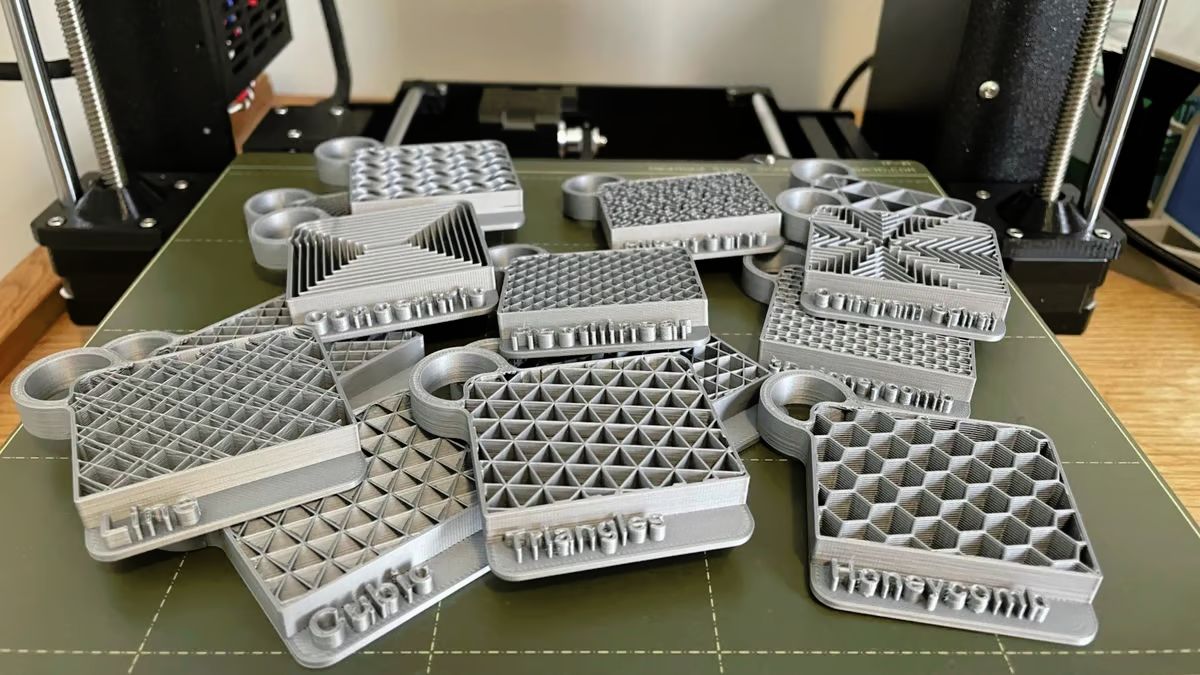
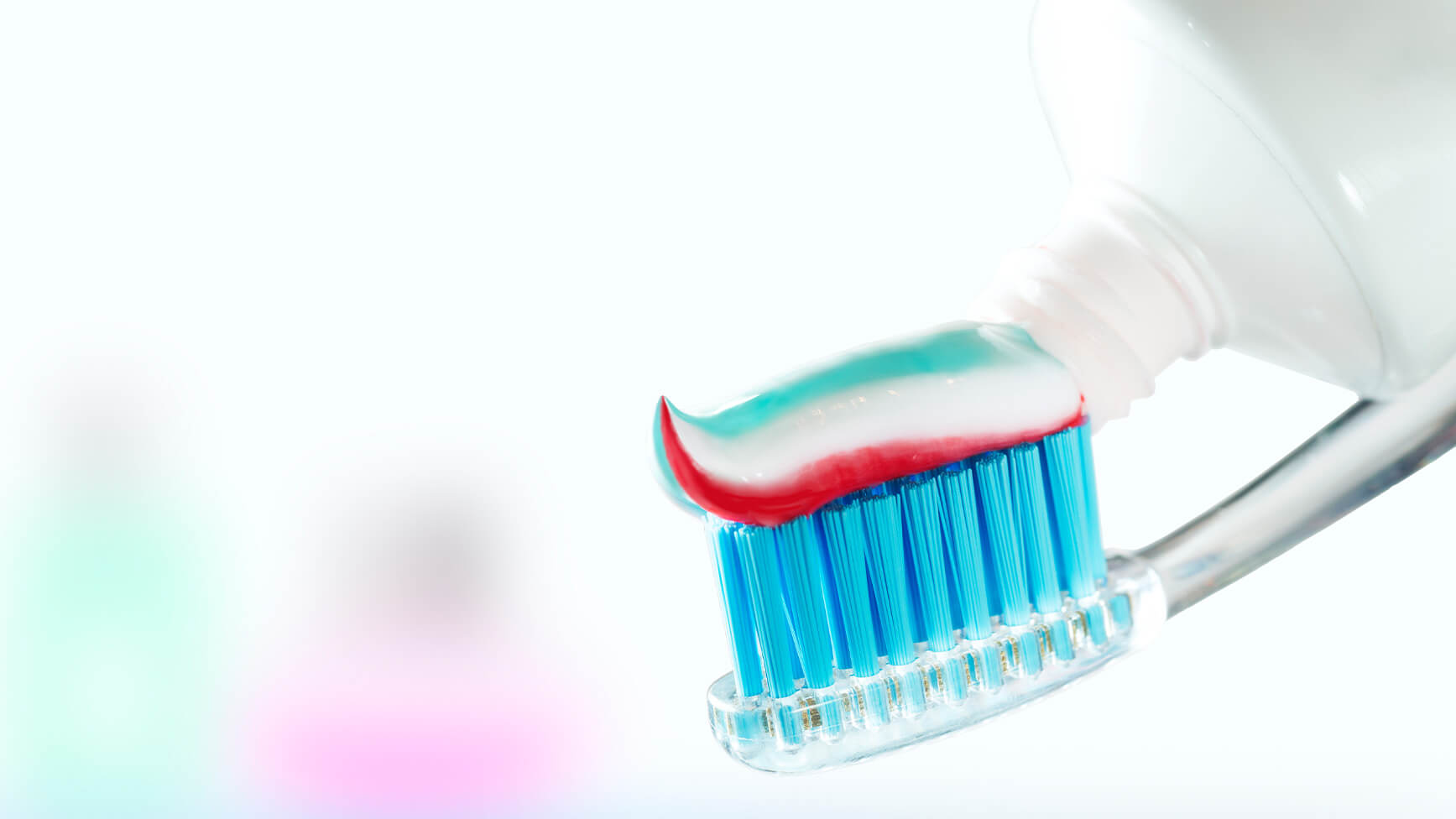

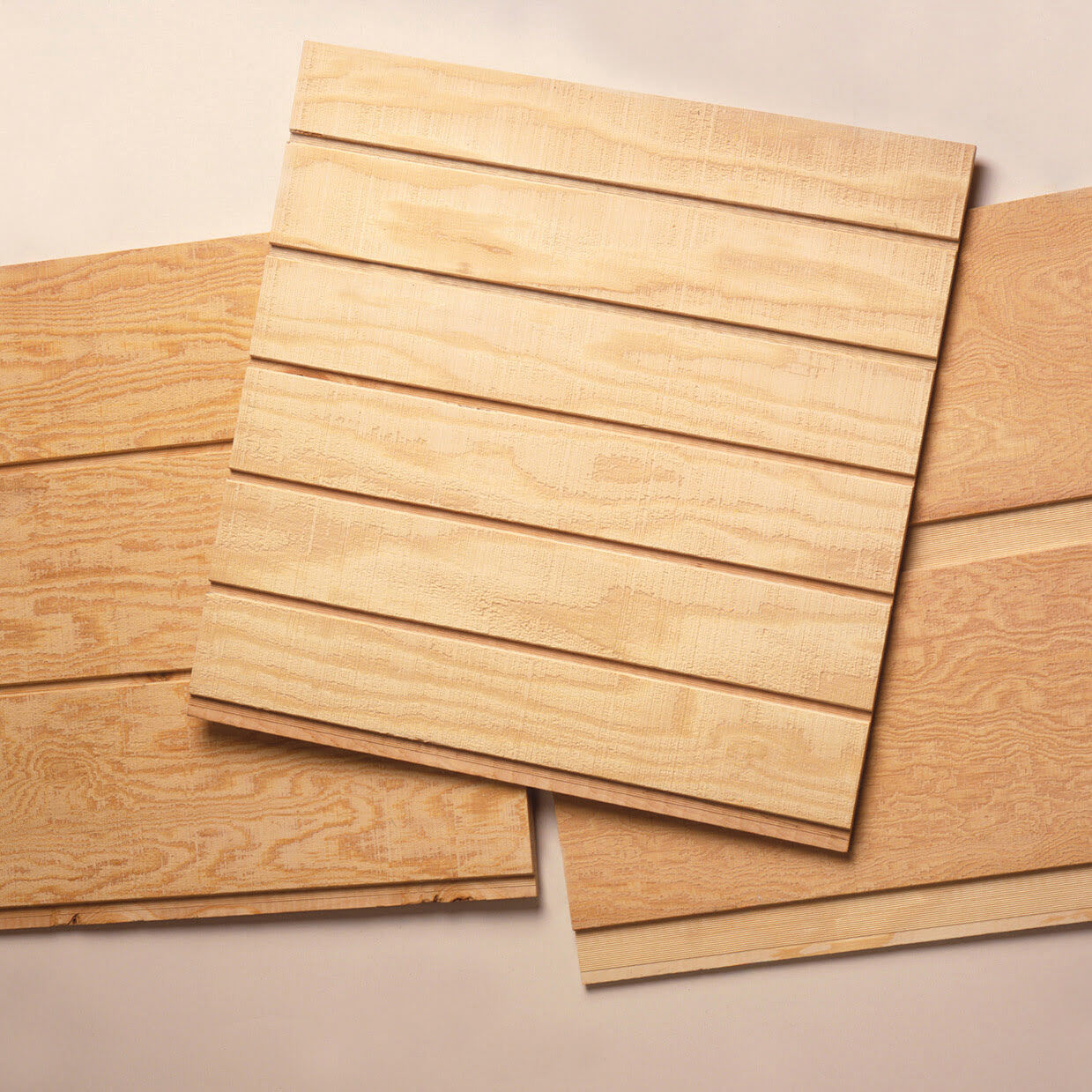

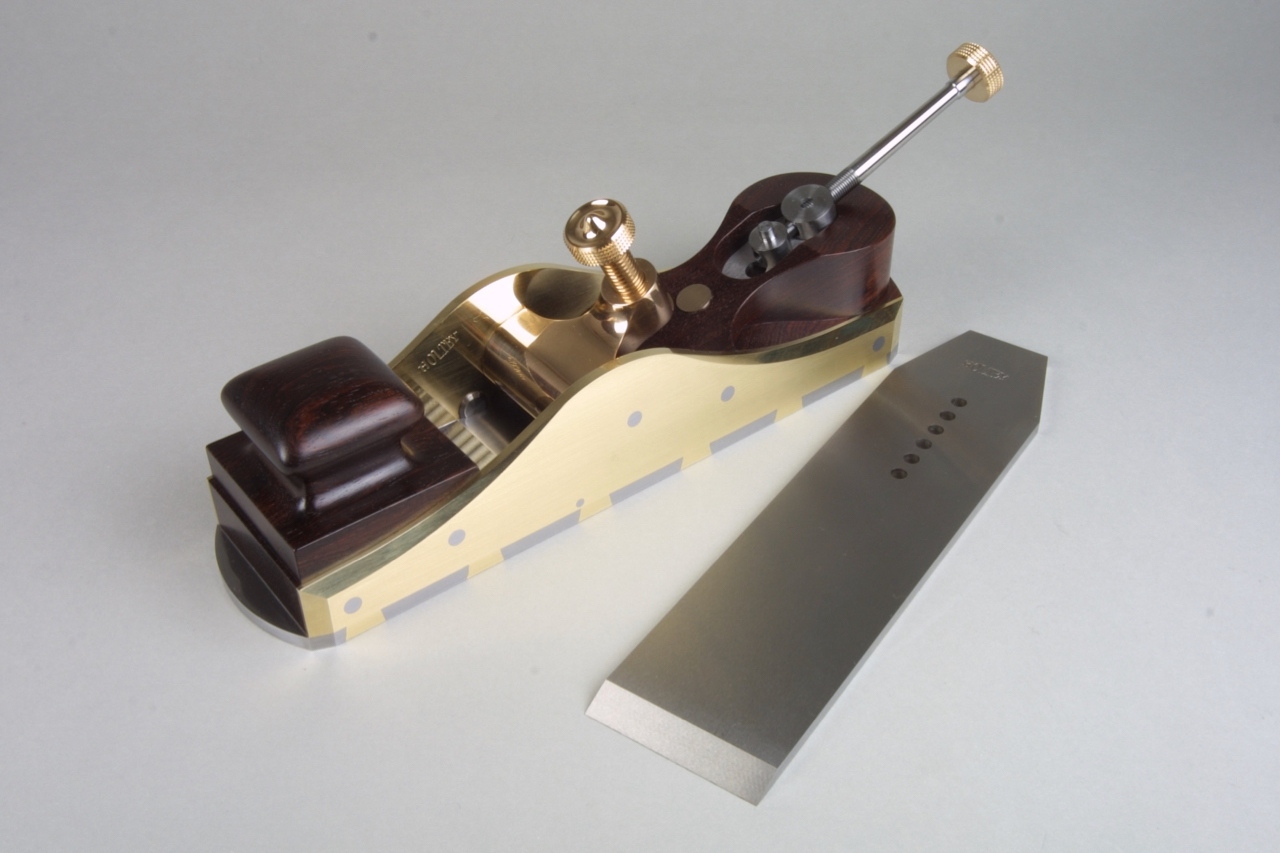


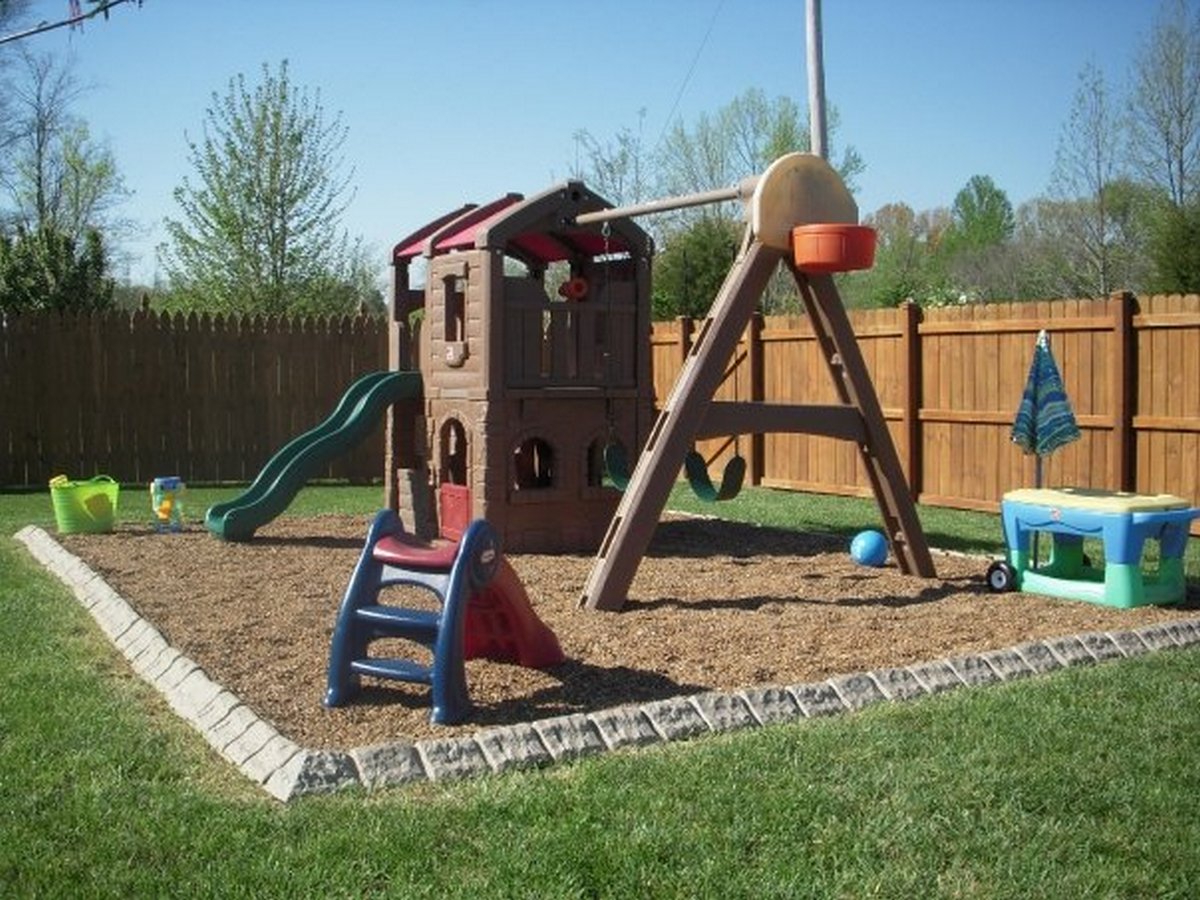
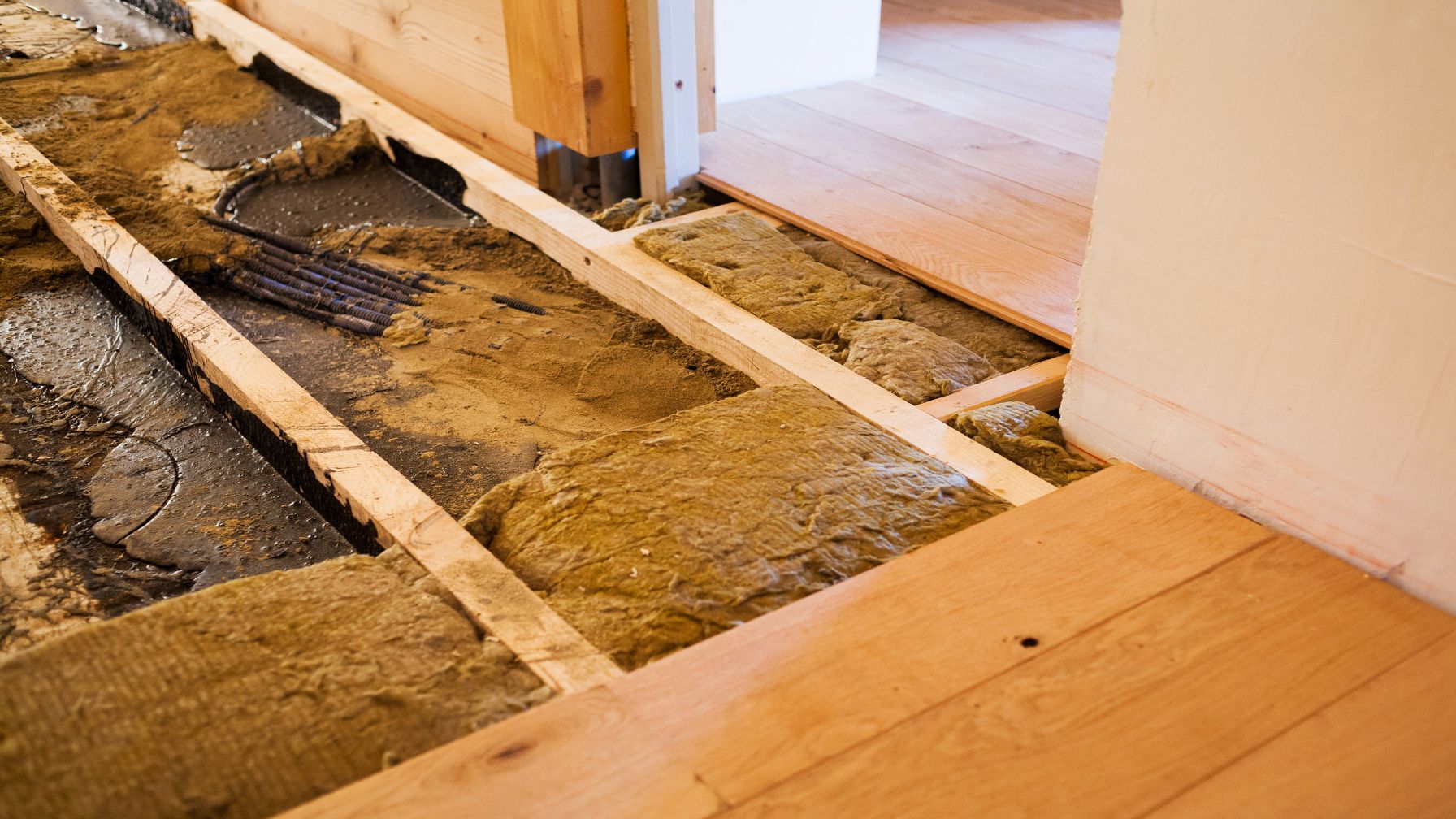
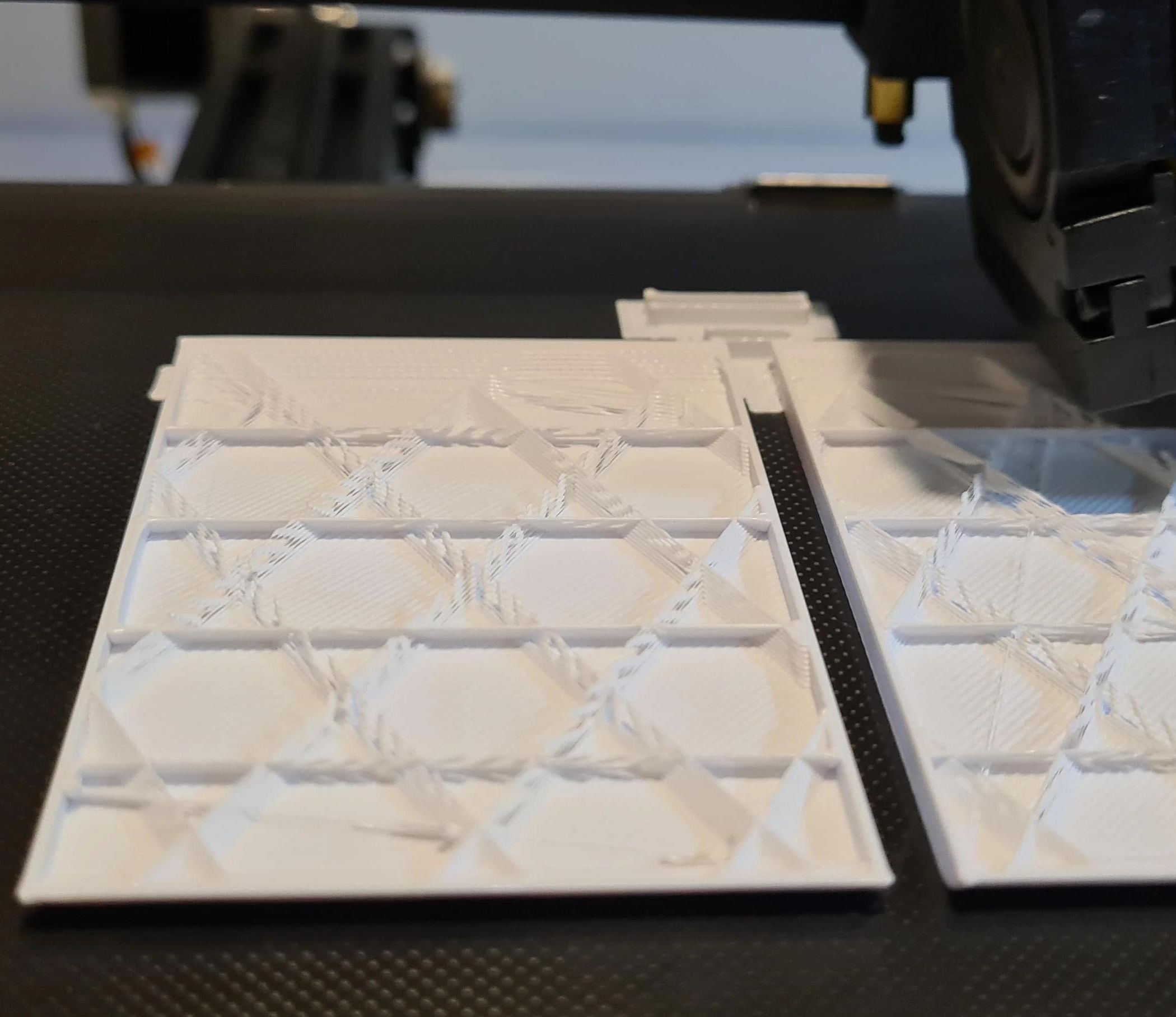
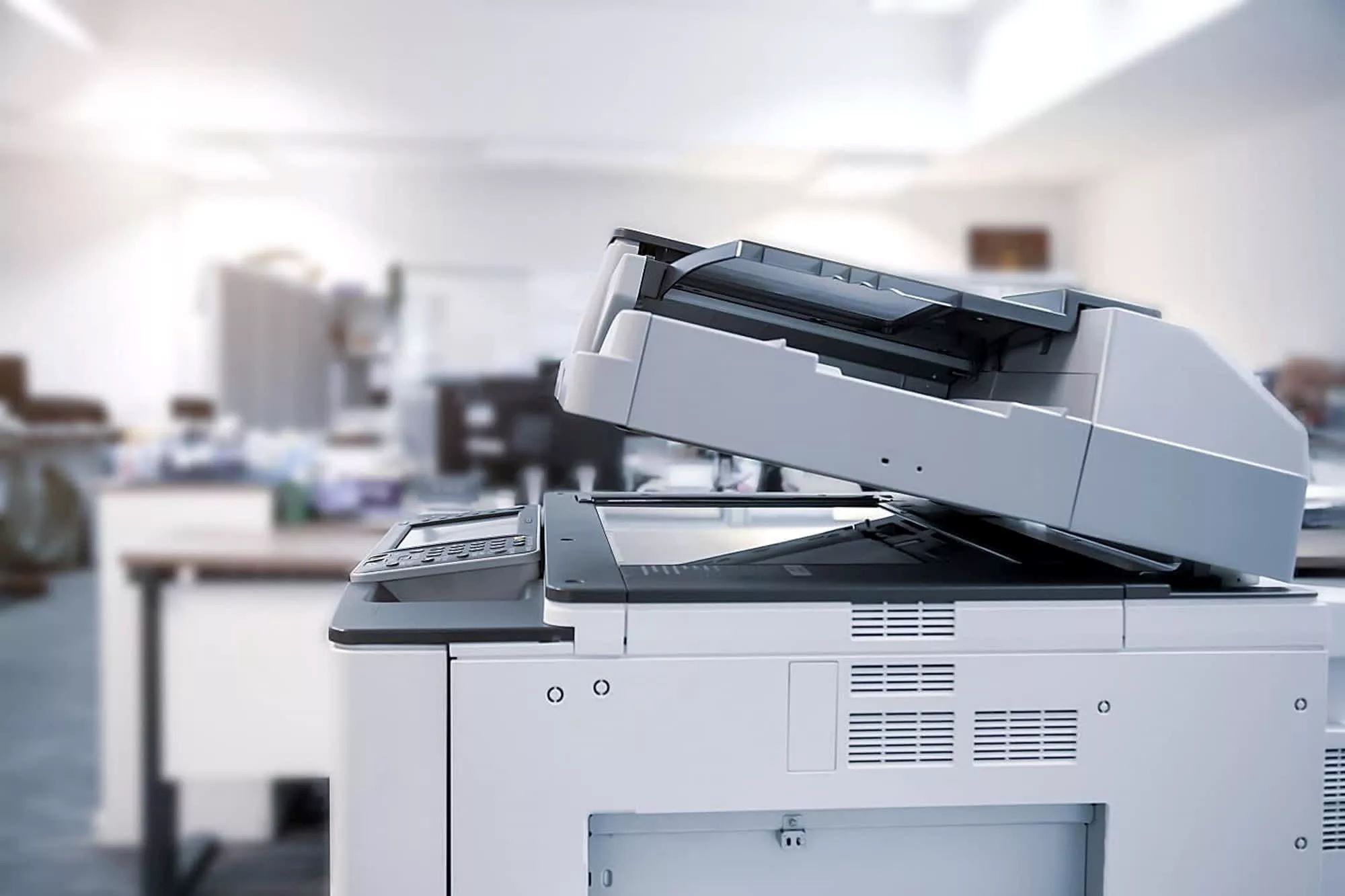
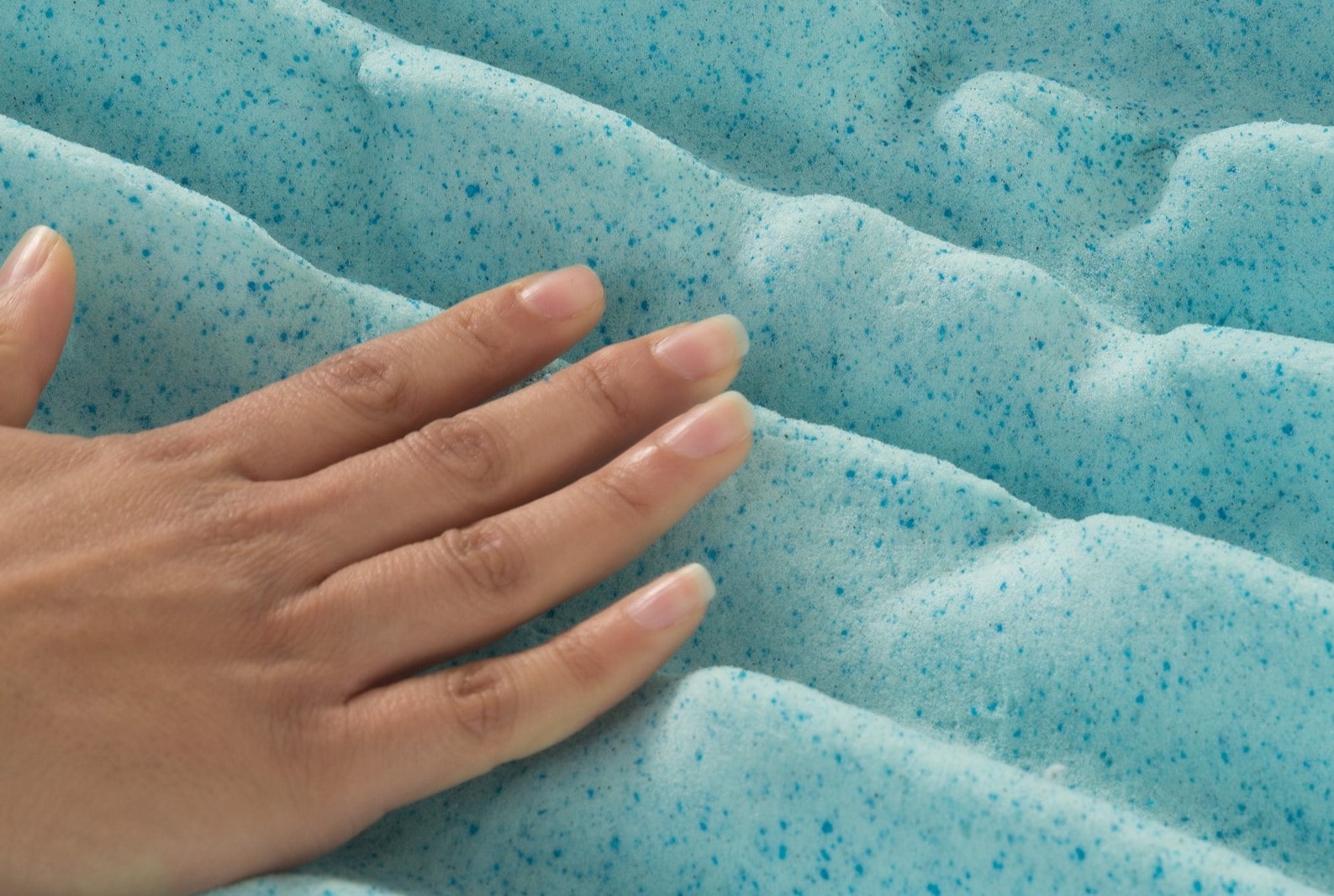

0 thoughts on “What Infill Density Should I Use”